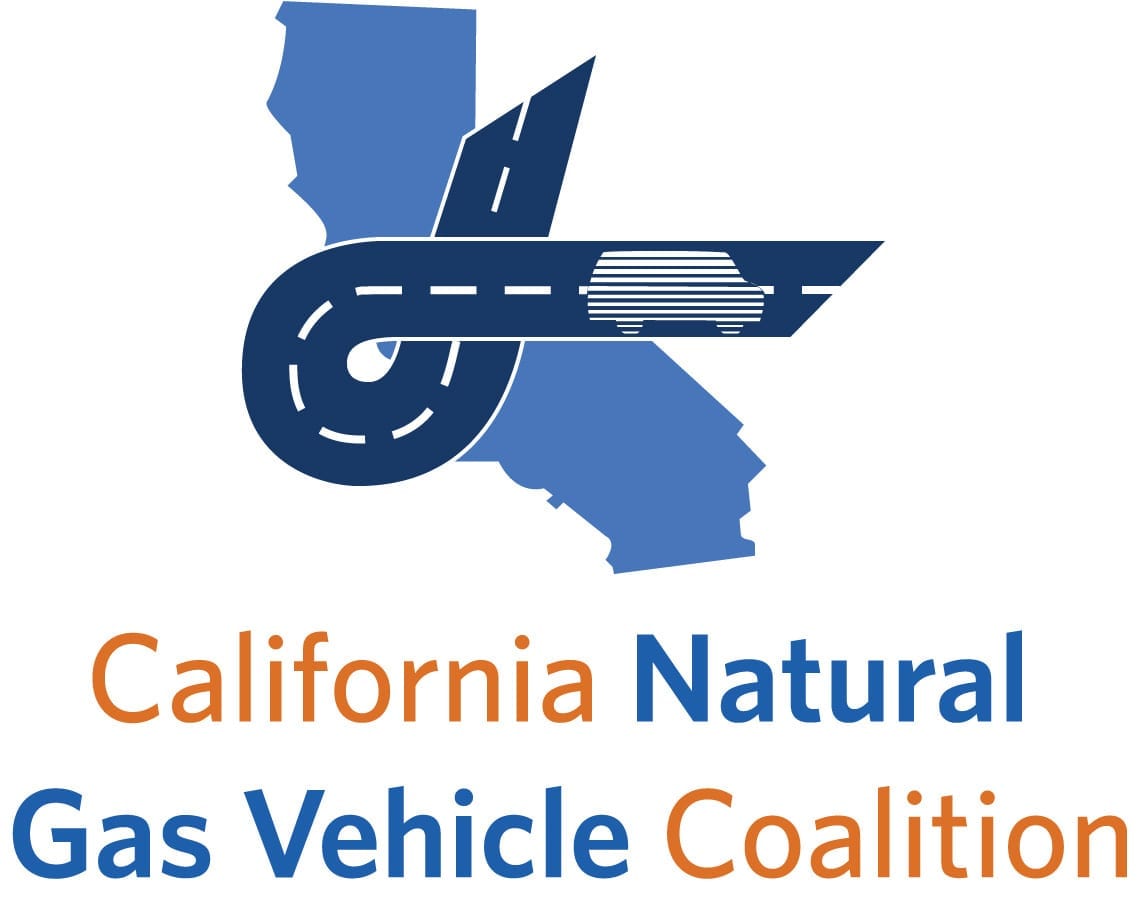A new report from the California Air Resources Board confirms earlier data showing that greenhouse gas emissions from vehicles are moving in the wrong direction: up. It’s clearer than ever that California policy makers must put more muscle into driving down bad air from the transportation sector now—or risk locking in high levels of toxic pollutants and climate emissions for a decade or more.
In its 2018 Progress Report on California’s Sustainable Communities and Climate Protection Act, CARB concludes that the state will not meet the mandated greenhouse gas reduction targets for 2030 and beyond without a greater contribution from the transportation sector. The sector’s emissions continue to rise despite increases in fuel efficiency and decreases in the carbon content of fuels, the report says.
In California, data shows that greenhouse gas emissions from vehicles are moving in the wrong direction: up.
The stakes in reversing this trend could not be higher. Transportation accounts for 41 percent of California’s greenhouse gas emissions in the state’s most recent inventory. The state “retains its historic distinction” as home to 11 of the 25 metropolitan areas with the most polluted air in the country, according to the American Lung Association’s State of the Air 2018 report. And now California faces the prospect of lengthy fire seasons as the new normal, with hazardous air quality among the destructive results.
Heavy-duty vehicles can deliver serious reductions
Heavy-duty vehicles remain a ripe target for immediate action. They produce a disproportionate share of transportation-related pollution (20 percent of greenhouse gases nationally, about 50 percent of smog-forming emissions and more than two-thirds of toxic diesel particulate pollution), and it’s possible to get dramatic reductions right now with current technology. For example, fueling near-zero-NOx natural gas trucks with renewable natural gas—RNG, a very low-carbon or carbon-negative fuel, depending on the source—can cut GHG emissions by 80 percent or more.
Unfortunately, state agencies have been focused on long-term programs to the detriment of reducing transportation emissions in the near term. The CEC has decided against increasing funding for the Natural Gas Vehicle Incentive Project for the past two years, despite a waitlist of more than $6 million in projects. CARB’s recent increases in funding for the Hybrid and Zero-Emission Truck and Bus Voucher Incentive Project (HVIP) and low-NOx engine incentives are still too small to encourage replacement of a significant number of heavy-duty diesel trucks. And while California is supporting RNG production—the state recently announced $319 million in funding for six pilot projects—it hasn’t done anything to encourage its use as a transportation fuel.
Heavy-duty vehicles produce a disproportionate share of transportation-related pollution, and it’s possible to get dramatic reductions right now with current technology.
Some argue that we’ll have zero-emission heavy-duty trucks on the road in a few years, so we don’t need to invest in the current cleanest technology, but that stance locks in current emissions. Fleets are not going to put a moratorium on buying new trucks when they need them. If the only cost-effective option is a diesel truck, they will buy that truck, and it will be on the road producing higher emissions for 10 years or more. Decades of pollution is too high a price to go all-in on a favored technology choice.
California has existing tools to do the job
CARB is calling for “significant changes to how communities and transportation systems are planned, funded, and built.” No doubt those are needed, but when it comes to reducing heavy-duty transportation emissions, the state already has the right tools at its disposal. The current policy framework needs some tweaks—which agencies can identify by including industry stakeholders in conversations about how to best implement strategies—but it stands ready to be leveraged.
CARB has been looking toward 2030, 2040, and even 2050—but that’s a long way off, and there’s a lot of work to be done right now. California needs to focus simultaneously on short-term and long-term solutions. That’s the only way to ensure that we meet long-term goals without sacrificing the health of current citizens. It should not be acceptable that children have to wait for clean air.


